How to Stop Cats from Scratching Furniture Using a Scratch Pad
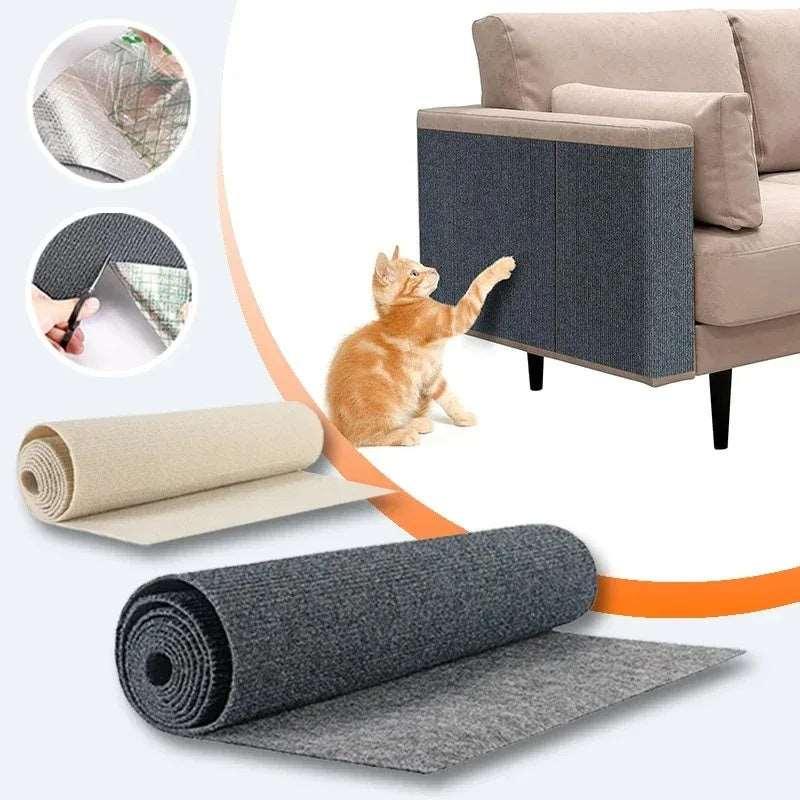
Does your cat treat your furniture like its personal scratching post? You're not alone. Studies show that over 81% of cats scratch chairs or other furniture, and nearly 84% scratch inappropriate items. Scratching is natural for cats, but it can wreak havoc on your home. A cat scratch pad offers a simple fix. It lets your cat scratch to its heart's content while keeping your furniture safe.
Key Takeaways
-
Cats scratch to claim space, feel calm, and trim nails. Knowing why they scratch helps you handle their actions better.
-
Give them scratch pads to save your furniture. Praise your cat when they use the pads to build good habits.
-
Put scratch pads close to where your cat likes to scratch. This helps them choose the pad instead of your furniture.
Why Cats Scratch and How to Protect Furniture
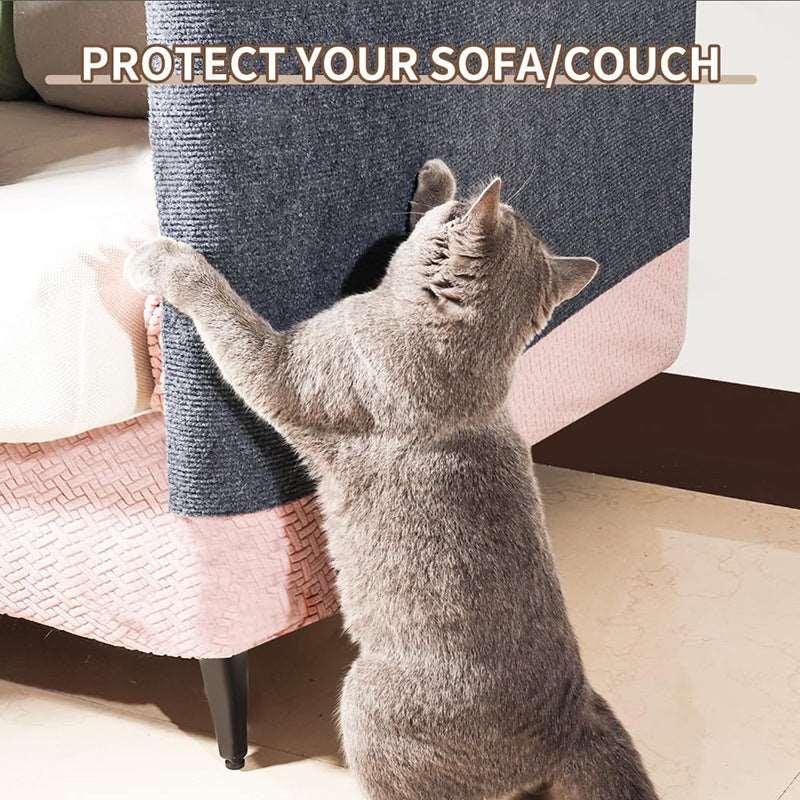
Understanding Natural Scratching Behavior
Scratching is as normal for cats as purring. It’s not random destruction—it’s part of their daily habits. Cats scratch to stretch, remove old claw layers, and sharpen their nails. They also scratch to communicate. When cats scratch, they leave marks and scents from their paw glands. This helps them claim their space and feel safe.
Studies show scratching has many purposes. It keeps claws healthy, marks territory, and helps cats communicate. A cat’s personality, surroundings, and energy levels affect how much they scratch. For example, playful or active cats may scratch more, especially if they don’t have enough toys or outlets.
Reasons Cats Scratch
Cats scratch for different reasons. Knowing these can help you manage the behavior:
-
Marking Territory: Scratching leaves marks and scents to show ownership.
-
Stress Relief: Cats scratch more when stressed, like during changes at home.
-
Nail Care: Scratching removes old claw layers, keeping nails sharp and healthy.
-
Energy Release: Young or bored cats scratch to use up extra energy.
|
Finding |
Description |
|---|---|
|
Stress Factors |
|
|
Personality Traits |
Aggressive or hyper cats scratch more often. |
|
Environmental Influence |
A cat’s surroundings, like noisy homes, affect scratching behavior. |
The Importance of Providing Alternatives to Protect Furniture
Scratching is healthy for cats but doesn’t need to ruin furniture. Giving them options like a scratch pad or post can help. These items give cats a place to scratch, saving your couch from damage.
Other tools, like sticky tape or furniture covers, can also help. These create barriers or unpleasant feelings that stop scratching. But the best way is to reward your cat for using scratch pads. Treats or praise teach them to scratch in the right places. This keeps both your furniture and your cat happy.
Tip: A home with scratching options keeps your cat calm and your furniture safe.
Choosing the Best Cat Scratch Pad to Protect Your Furniture
Types of Scratch Pads
Scratch pads come in different types, each with benefits. Here’s a simple comparison to help you choose:
|
Material |
Features |
Durability |
Popularity |
|---|---|---|---|
|
Sisal |
Strong, eco-friendly, lasts long, feels good to scratch |
High |
Most liked for strength and being eco-friendly |
|
Carpet |
Soft texture, looks nice, often mixed with other materials |
Moderate |
Picked for comfort and matching home decor |
|
Wood |
Natural look, sturdy, fits well with furniture |
High |
Gaining fans for its furniture-like style |
|
Cardboard |
Cheap, eco-friendly, easy to replace |
Low |
Loved for being affordable and fun to scratch |
If you want something strong and stylish, pick sisal or wood. For a budget-friendly option, cardboard is great. Carpet pads are good if you want soft and decorative ones.
Features of the Gabby Whale Self-Adhesive Cat Scratch Pad
The Gabby Whale Self-Adhesive Cat Scratch Pad is unique and useful. It’s made of tough polypropylene fiber, perfect for cats that scratch a lot. You can stick it on walls, doors, floors, or furniture—anywhere your cat scratches.
This pad can be cut and reused, so it fits any space. It comes in sizes from small to extra-large and colors like Light Gray, Dark Blue, and Khaki. These choices let you match it with your home while keeping furniture safe. It’s easy to set up. Just cut, peel, and stick—no tools needed.
Placement Tips for Maximum Effectiveness
Where you put the scratch pad is important. Cats like to scratch spots they visit often or have already marked. To use the pad best:
-
Place it near spots your cat scratches, like the couch or door.
-
Put it by furniture your cat scratches a lot. This helps them switch to the pad.
-
After your cat uses the pad regularly, move it to a better spot.
Tip: Don’t move the pad too soon. Cats like routines, so keeping it in their favorite spots helps them adjust quickly.
How to Stop Your Cats from Scratching Furniture with a Scratch Pad
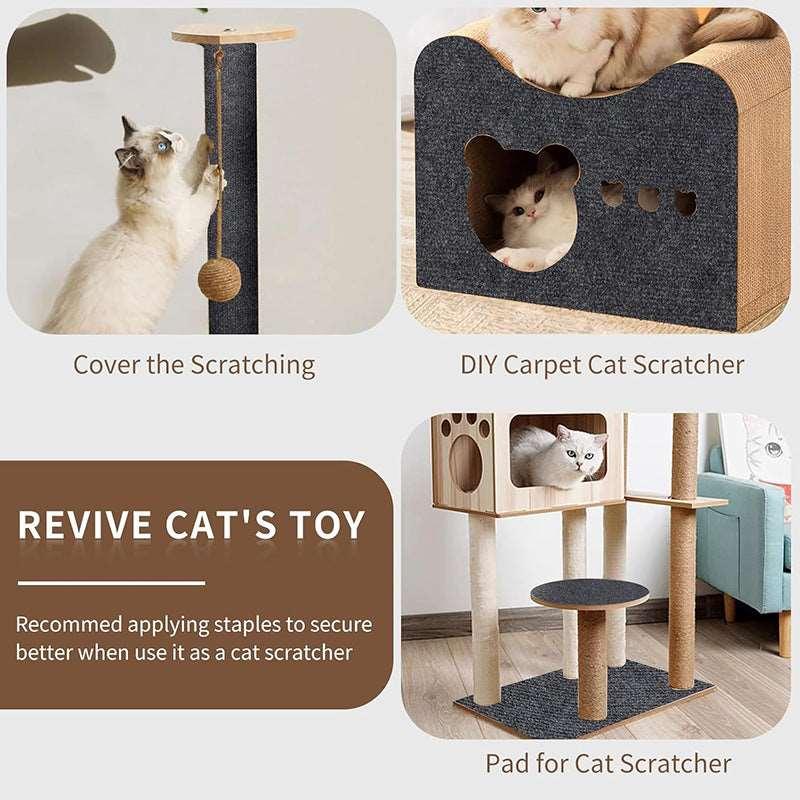
Training Techniques (e.g., positive reinforcement, catnip)
Training your cat to use a scratch pad doesn’t have to be a challenge. Positive reinforcement and a little creativity can go a long way. Start by rewarding your cat every time they use the scratch pad. Treats, praise, or even a clicker can help reinforce this good behavior. For example, when your cat scratches the pad, use a clicker to mark the action and immediately follow it with a treat. This creates a clear connection between the behavior and the reward.
Catnip can also work wonders. Many cats go wild for it, and you can use that to your advantage. Sprinkle some dried catnip on the scratch pad or spritz it with catnip spray. This will attract your cat and encourage them to explore the pad. Once they start scratching, reward them again. Over time, they’ll associate the scratch pad with fun and rewards, making it their go-to spot.
Tip: Be consistent with rewards during the training phase. Cats learn best when they know what to expect.
Strategic Placement Near Problem Areas
Where you place the scratch pad matters just as much as the pad itself. Cats often scratch furniture in areas they frequent, so positioning the pad near these hotspots is key. If your cat loves scratching the arm of your couch, place the scratch pad right next to it. This makes it easy for them to switch to the pad instead of the furniture.
Cats also like to scratch where they spend most of their time. Consider placing scratch pads near their favorite sleeping spots or play areas. Providing both vertical and horizontal scratching options can cater to their preferences and keep them engaged. By strategically placing the pads, you can redirect their natural scratching behavior and protect your furniture.
Note: Don’t forget to observe your cat’s habits. Identifying their favorite scratching spots will help you position the pads more effectively.
Encouraging Consistent Use of the Scratch Pad
Consistency is key when it comes to stopping your cats from scratching furniture. Once your cat starts using the scratch pad, encourage them to keep at it. Make the pad as appealing as possible by refreshing the catnip regularly or rotating the pad’s location to keep things interesting. If your cat seems to lose interest, try introducing a new texture or material, like a sisal or carpet pad, to reignite their curiosity.
You can also make the scratch pad part of their daily routine. For instance, place it near their feeding area or where they like to nap. Cats are creatures of habit, and incorporating the pad into their routine will make it a natural part of their day. With a little patience and persistence, you’ll stop cats from scratching your furniture and keep them happily engaged with their scratch pad.
Reminder: Celebrate small wins! Every time your cat uses the scratch pad instead of your furniture, it’s a step in the right direction.
Additional Tips to Keep Your Cat from Scratching Furniture
Using Furniture Protectors and Deterrents
Stopping furniture scratches doesn’t have to be hard. Furniture guards can protect your couch or chairs. These strong covers stick to furniture, making it scratch-proof. Double-sided tape works too. Cats dislike sticky surfaces, so placing it on scratched spots can stop them.
You can also use scent sprays. Cat-safe sprays make furniture less tempting to scratch. Another option is Soft Paws nail caps. These silicone caps cover your cat’s claws and prevent damage. They are simple to put on and last for weeks.
Tip: Use furniture guards with a nearby scratching post to distract your cat and save your furniture.
Regular Nail Trimming for Cats
Trimming your cat’s nails helps protect your furniture. Long claws cause deeper scratches, so trimming reduces damage. Use special cat nail clippers and cut only the sharp tips.
If your cat isn’t used to this, take it slow. Let them see and sniff the clippers first. Reward them with treats after trimming to make it a good experience. If you’re unsure how to do it, ask your vet for help.
Reminder: Trimming nails keeps your furniture safe and your cat comfortable.
Creating a Cat-Friendly Environment
Happy cats scratch less. Make your home cat-friendly to reduce scratching. Add scratching posts and mats in different spots. Cats like variety, so give them both tall and flat options. Place these near their bed or favorite spots.
Playtime and toys also help. Cats scratch when bored or stressed, so keeping them busy reduces this. Teach kids to be gentle with your cat. A calm home makes your cat feel safe and lowers scratching.
Note: Studies show cats scratch less in fun, cozy spaces. Add toys, posts, and comfy areas to help.
Why Pet Parents Love the Gabby Whale Scratch Pad
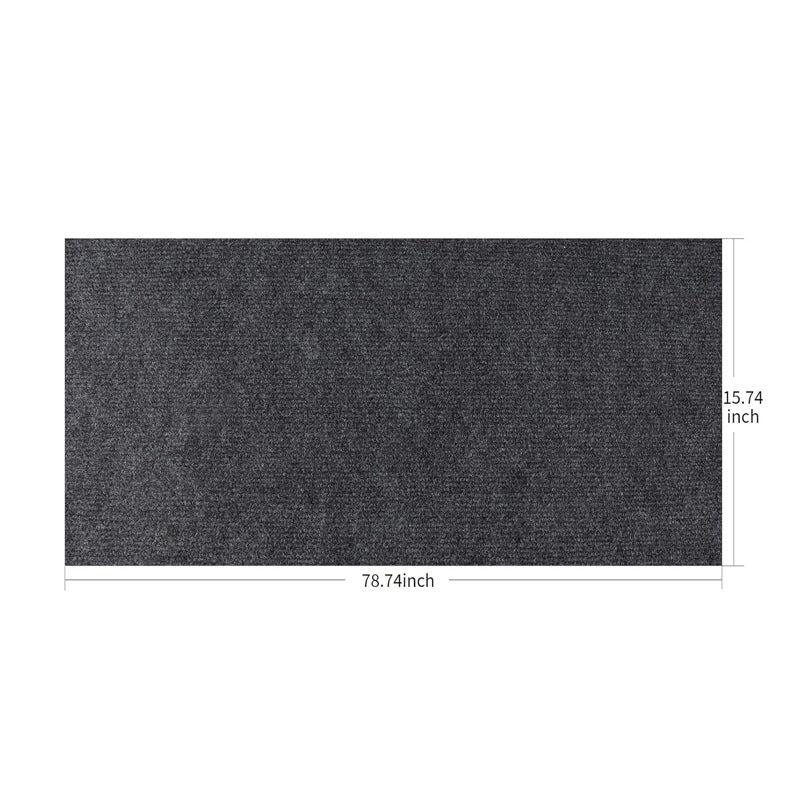
Stylish, Sustainable, and Scratch-Approved
The Gabby Whale Self-Adhesive Cat Scratch Pad isn’t just functional—it’s a game-changer for your home. You don’t have to choose between protecting your furniture and keeping your space stylish. This scratch pad blends seamlessly with your decor, thanks to its modern, neutral colors like Light Gray, Dark Blue, and Khaki. Whether your style is minimalist or cozy, it fits right in.
But it’s not just about looks. This scratch pad is made with eco-friendly materials, like durable polypropylene fiber, which is both sustainable and long-lasting. You can feel good knowing you’re making an environmentally conscious choice while giving your cat a safe place to scratch. Plus, it’s designed to handle even the most enthusiastic scratchers, so you won’t have to replace it anytime soon.
Here’s a quick look at what makes it so special:
|
Feature |
Description |
|---|---|
|
Stylish |
Designed to blend with home decor, appealing to aesthetic preferences. |
|
Sustainable |
Made with eco-friendly, durable materials like polypropylene fiber. |
|
Scratch-approved |
Built for durability and functionality, meeting the needs of both cats and owners. |
With the Gabby Whale Scratch Pad, you’re not just buying a product—you’re investing in a solution that works for you and your furry friend.
Try It Today – Your Sofa Will Thank You!
Imagine a home where your cat happily scratches their pad instead of your couch. Sounds like a dream, right? The Gabby Whale Self-Adhesive Cat Scratch Pad makes it possible. It’s easy to install—just cut, peel, and stick. No tools, no hassle. You can place it on walls, doors, or even the side of your sofa. Wherever your cat loves to scratch, this pad has you covered.
Your sofa deserves a break, and so do you. By choosing this scratch pad, you’re not only protecting your furniture but also giving your cat a healthy outlet for their natural instincts. It’s a win-win for everyone. So why wait? Try the Gabby Whale Scratch Pad today and enjoy a scratch-free, stylish home. Your sofa will thank you, and your cat will love you even more.
Protect your furniture and keep your cat happy with the Self-Adhesive Cat Scratch Pad today!
Frequently Asked Questions About Cat Scratch Pads
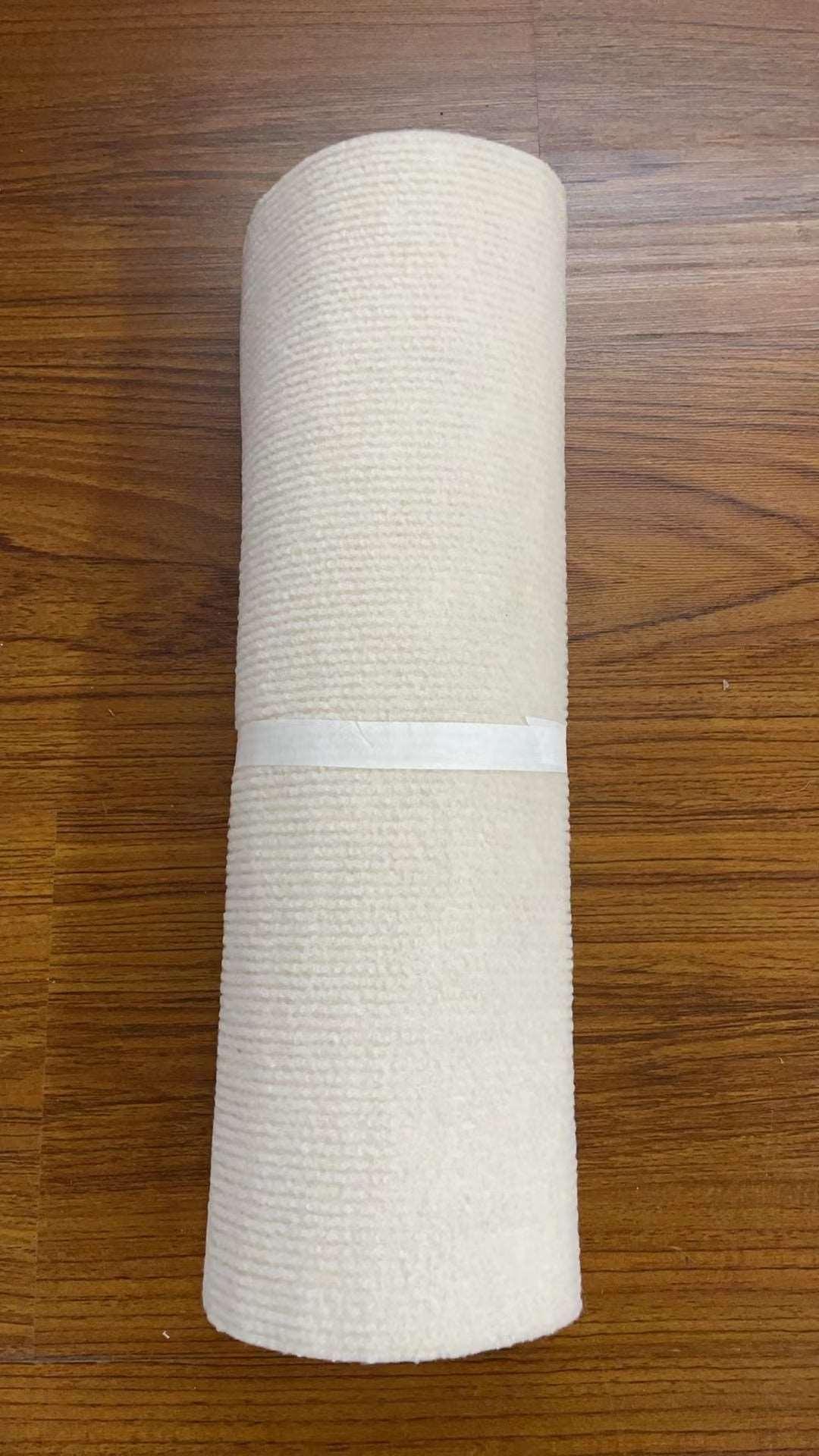
Do cat scratch pads really work?
Yes, they do! Cat scratch pads are highly effective when used correctly. They provide your cat with a designated place to scratch, satisfying their natural instincts while protecting your furniture. Studies have shown that 81% of cats scratch furniture, and 83.9% scratch inappropriate items. By introducing a scratch pad, you can redirect this behavior to a more suitable outlet.
Here’s a quick look at some findings from a 2017 study on cat scratching behavior:
|
Evidence Type |
Findings |
|---|---|
|
Study Year |
2017 |
|
Sample Size |
140 |
|
Response Rate |
82% |
|
Cats Scratching Inappropriate Items |
83.9% |
|
Cats Scratching Furniture |
81% |
|
Cats Scratching Carpet |
64% |
If you pair the scratch pad with positive reinforcement, like treats or praise, your cat will quickly learn to use it. It’s a win-win for you and your furry friend!
Where should I place a cat scratch pad?
Placement is everything when it comes to scratch pads. Cats tend to scratch in areas they frequent or where they’ve already left their mark. Start by placing the pad near the furniture or spots your cat loves to scratch. For example, if your cat scratches the arm of your couch, position the pad right next to it. This makes it easy for them to switch to the pad.
You can also place scratch pads near their favorite sleeping or play areas. Cats often scratch after waking up or during playtime. Offering both vertical and horizontal options, like a scratching post and a flat pad, can cater to their preferences. Observe your cat’s habits to find the best spots.
Tip: Keep the pad in the same location until your cat gets used to it. Cats love consistency!
How long does a scratch pad last?
The lifespan of a scratch pad depends on its material, your cat’s scratching habits, and how well you maintain it. Here’s a breakdown of average durability:
|
Scratcher Type |
Lifespan |
|---|---|
|
Sisal Scratcher |
Several months to a few years |
|
Carpet Scratcher |
Varies; depends on quality, usage, and maintenance |
|
Cardboard Scratcher |
Moderate durability; may need regular replacement |
For heavy scratchers, sisal pads or posts are a great choice because they last longer. Cardboard scratchers are affordable and fun but might need frequent replacements. Regularly check the pad for wear and tear, and replace it when it’s no longer effective. A well-maintained scratch pad can keep your cat happy and your furniture safe for a long time.
Understanding why your cat scratches is the first step to solving the problem. Redirecting this natural behavior with a scratch pad not only protects your furniture but also keeps your cat happy and healthy.
The Gabby Whale Self-Adhesive Cat Scratch Pad makes this process simple. It’s durable, stylish, and easy to use. You can place it anywhere your cat loves to scratch, creating a win-win for you and your furry friend.
Pro Tip: Start today! A scratch pad can transform your home into a harmonious space where both you and your cat thrive.
FAQ
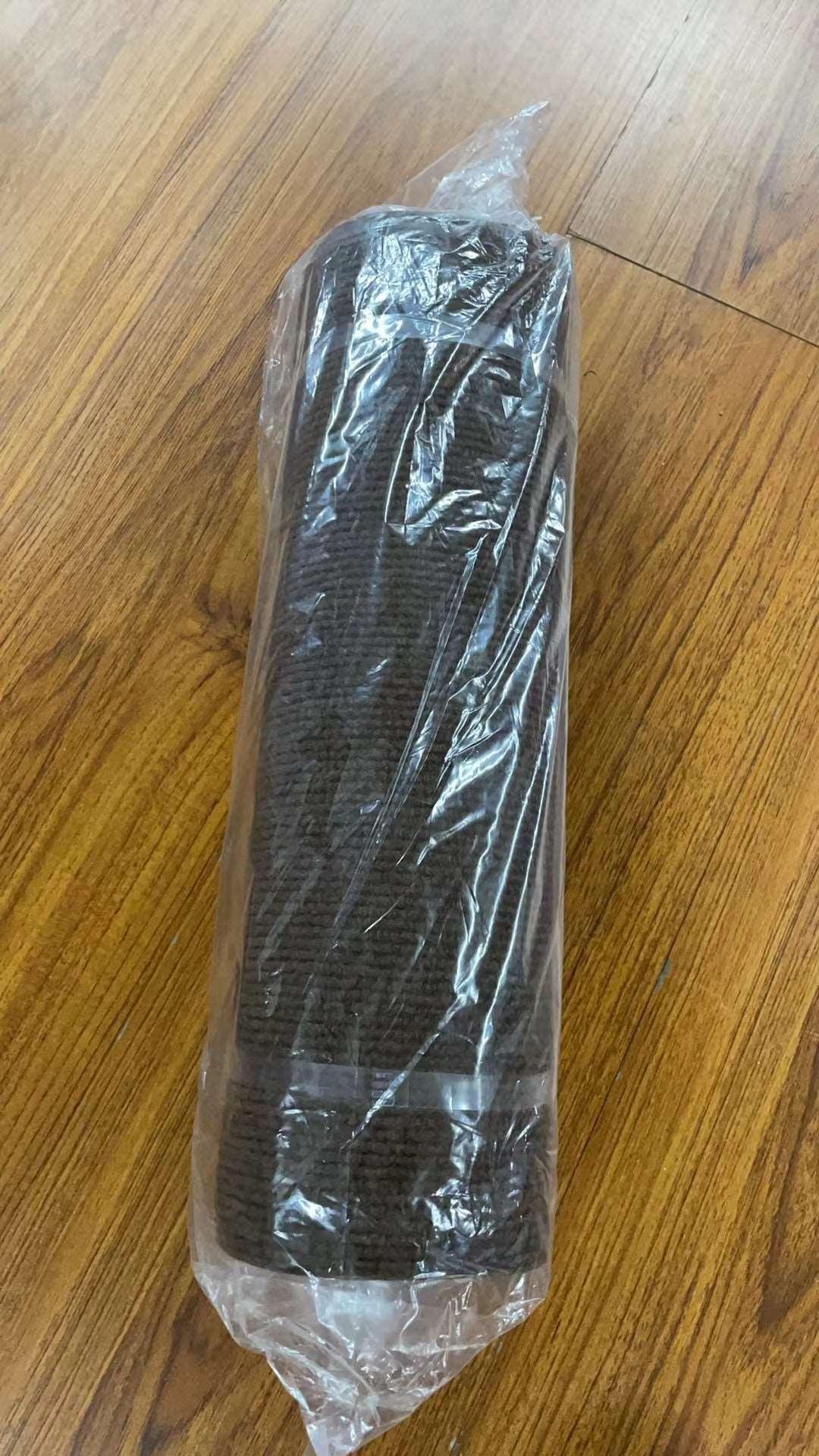
How do I clean a cat scratch pad?
Cleaning depends on the material. For sisal or carpet pads, vacuum regularly. For cardboard, replace worn sections. Always follow the manufacturer’s care instructions.
Tip: Regular cleaning keeps the pad fresh and appealing for your cat.
Can I use multiple scratch pads in my home?
Absolutely! Cats love variety. Place pads in different areas, like near their bed or favorite scratching spots. This keeps them engaged and protects your furniture.
What if my cat ignores the scratch pad?
Try sprinkling catnip or using a catnip spray to attract them. Reward your cat with treats when they use the pad. Patience and consistency are key.
Reminder: Observe your cat’s preferences. Adjust the pad’s placement or material if needed.
See Also
Discover The Best Cat Scratching Posts For 2025
Effective Methods To Teach Your Cat Scratching Post Use
The Importance Of Gabby Whale Scratching Post For Furniture








